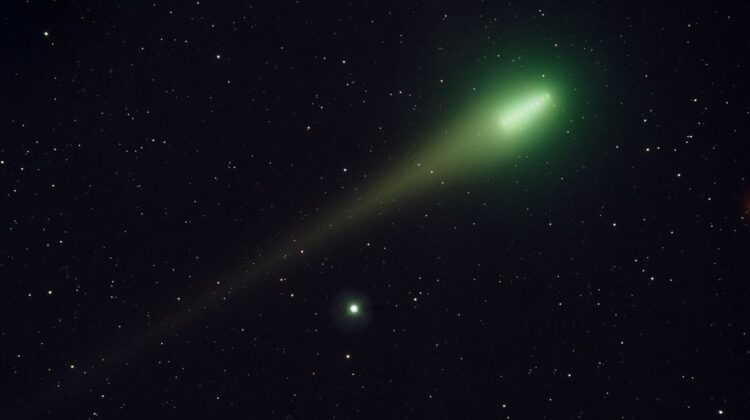
E3 will be the first comet to light up the sky since the Neowise comet in summer 2020
A comet that was last visible in the night sky while Neanderthals were still on the planet is about to appear once more.
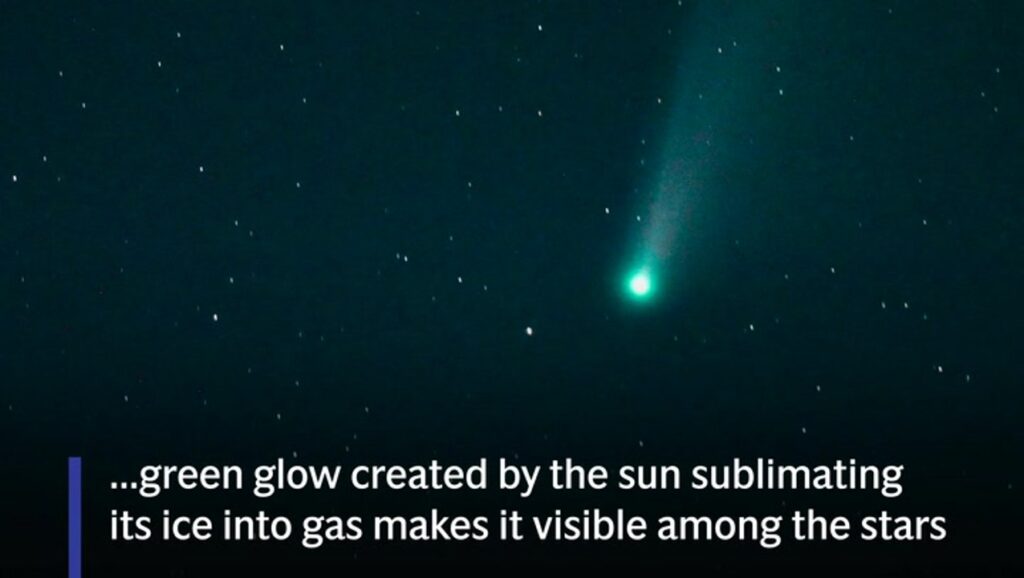
On February 1, 2023, the C/2022 E3 (ZTF) comet, which orbits the sun every 50,000 years, will come within 26 million miles of Earth and be visible to the unaided eye.
When the skies are clear, it is already visible with binoculars and small telescopes, and starting in mid- to late-January, it should be visible without specialized equipment.
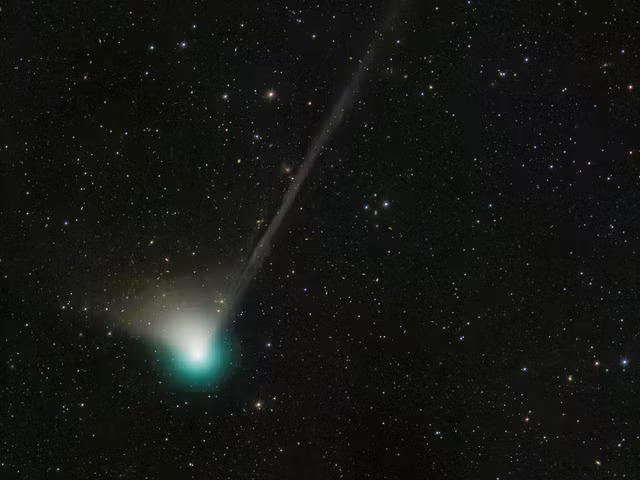
(Nasa)
The E3 comet has already been tracked by astronomers, who have discovered a blue-green coma and a golden tail.
Since the Neowise comet in summer 2020, E3 will be the first comet to shine in the night sky.
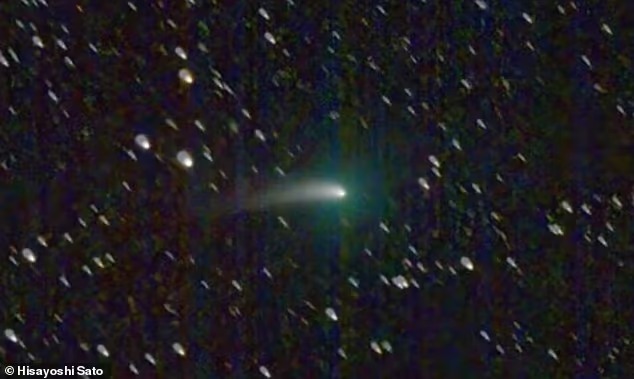
The E3 comet was first spotted by the California-based Zwicky Transient Facility (ZTF), and astronomers at NASA have since taken pictures of it.
Being the third comet to be found in the fifth fortnight of the year gave the E3 comet its name.
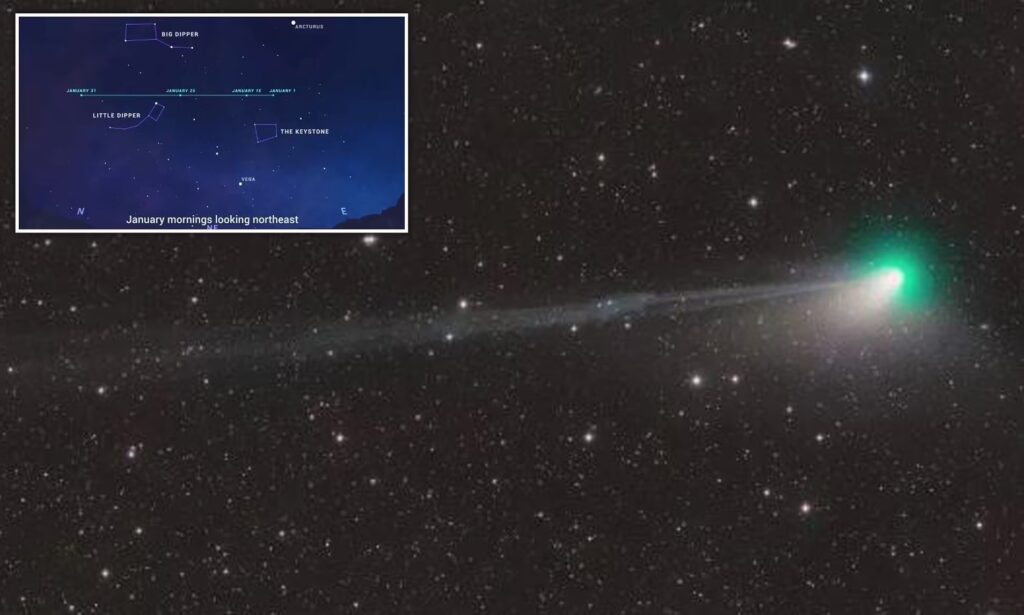
Anyone hoping to see the E3 comet is advised by astronomers to choose a dim location free of ambient light and to give their eyes 30 minutes to adjust.
The comet’s location in the sky can also be found using specialized smartphone apps and websites, such as Star Chart, Sky Safari, and SkyView.
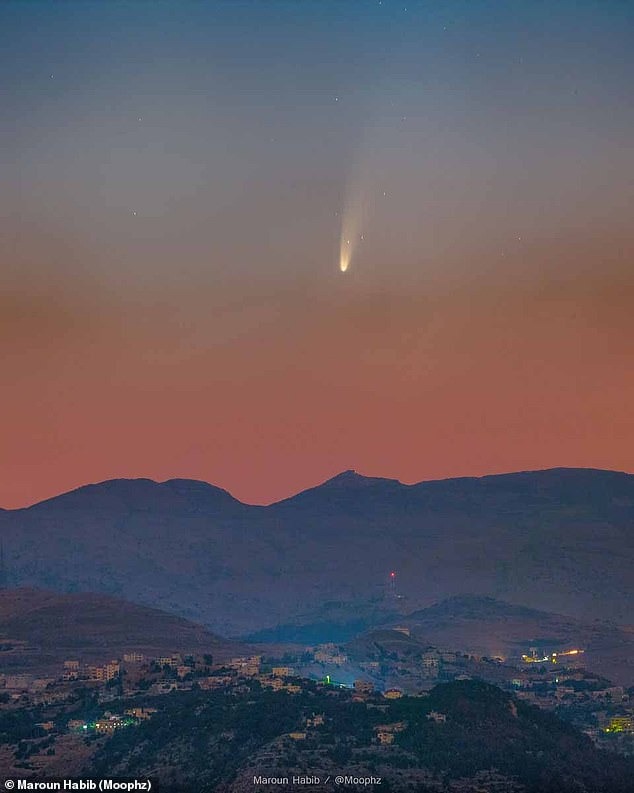
According to comet-tracking website In-The-Sky, comets are inherently highly unpredictable objects because their brightness depends on how sunlight is scattered by dust particles in the comet’s coma and tail.
The rate at which the ice in the comet’s nucleus sublimates as a result of being heated by the sun’s rays determines the density of this dust at any given time, which is continuously streaming away from the comet’s nucleus. It also depends on how much dust is incorporated into the ice. This can vary greatly, even between appearances of the same comet, making it very difficult to predict in advance.

It will be in the northern sky between the Big Dipper and the North Star.
Between Feb. 1 and Feb. 2, the comet will be at its brightest, as it approaches the closest point at which it will come to Earth. You may be able to see the comet bare-eyed during this time, but it will still be easier to view the comet through binoculars or a small telescope.
It’s tail may be faint or it might have two tails: a gas tail and a particle tail,